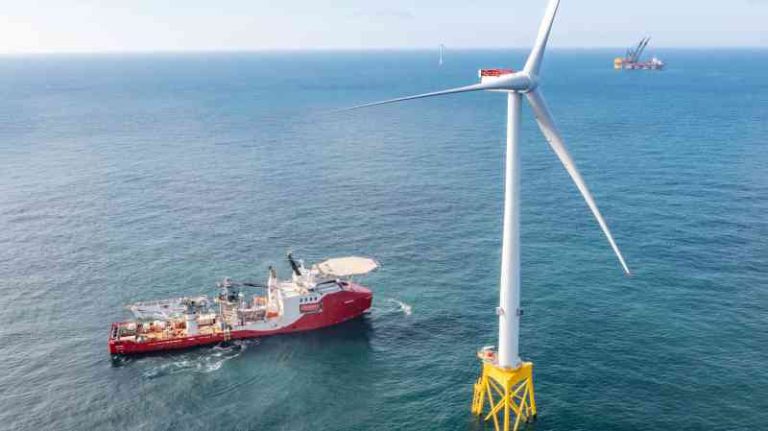I’m about to retire. Where should I invest?
Q. I have a well funded self-invested personal pension (Sipp) which I will be using to finance my retirement, starting immediately. Most of my fund is in a global equities tracker, with a smaller percentage in gilts.
What would you suggest is a good strategy for allocating my funds across different asset classes, such as equities, bonds etc, now that I need to start using my pension to fund my retirement?Ashu, London
Until 2011 savers had to use their Sipp to buy an annuity, an insurance product that guarantees an income in retirement, before the age of 75. A common rule of thumb was that the percentage of a Sipp that was invested in low-risk bonds should equal the saver’s age. The volatility of the portfolio would reduce as the date of the annuity purchase approached, and this would avoid the risk of their pension pot being hit by a sudden stock market crash just before their 75th birthday.
If this were to happen, you would have significantly less to spend on an annuity and your financial future would take a hit.
Rule changes have given more choice to people saving for retirement. It is no longer compulsory to buy an annuity, so the above suggestion is less relevant, but you should still make sure that your investments do not put your retirement plans at risk.
It sounds as though you have opted to put your Sipp into what is known as drawdown, where you take a regular income from the investment portfolio. In this case the allocation of assets will depend on the proportion of the portfolio you plan to withdraw each year. Ideally you should avoid being forced to sell riskier assets, such as equities, in the middle of a market downturn.
• You spend 40 years building a pension pot — don’t waste it
Balancing income with capital growthThe overall risk profile is a key consideration, but it is also important to think about the nature of the returns from different asset classes. Cash and bonds will generate interest but limited growth. Five-year UK government bonds (gilts) are paying 4 per cent a year, and it is possible to generate a 5.5 per cent income yield from a portfolio of corporate bonds.
Moving further up the risk scale, alternative assets such as infrastructure funds and commercial property funds have income yields of about 5 per cent, and they have the potential to generate capital growth on top of the income. At the upper end of the risk scale, equities have tended to generate bigger returns than other asset classes. While they do pay dividends, most of their returns come in the form of capital growth. A global equity tracker fund could have a dividend yield of about 1.5 per cent a year, but the annual capital return should be multiples of this.
What is your timescale?One approach to asset allocation would be to consider how much needs to be drawn from the Sipp and when. Capital that needs to be withdrawn within the next two years could be invested in low-risk assets such as cash and government bonds.
Capital that will not be required for the next two to five years could be invested in alternative assets. Finally, equities could be considered for capital that will not be touched for at least five years. This five-year period should provide sufficient time for the equity market to recover in the event of a downturn.
• Best investment platforms for beginners• Best stocks and shares Isas
Natural income yieldWhile it is usual for pensioners to lower their risk levels over time, this is not the case for everyone. If you needed to withdraw only 1 per cent of your Sipp each year, then you could continue to invest predominantly in equities if you felt comfortable with this.
The dividends could be withdrawn and there would be no need to sell anything to satisfy the drawdown payments. As long as the dividends continued, a temporary fall in the capital value of the portfolio would not have an impact on your standard of living. Over the longer term, the capital value of the Sipp should continue to grow.
If you wanted to draw between 3 and 4 per cent of your Sipp each year you could also follow a strategy of withdrawing income without necessarily having to sell anything, but you would need a different mix of assets with a higher level of income. A portfolio with an equity weighting of 40 to 60 per cent should be able to generate a natural income yield of 3 to 4 per cent as well as some capital growth.
Rachel Winter joined Killik & Co in 2012 and is a partner in its investment management team.






